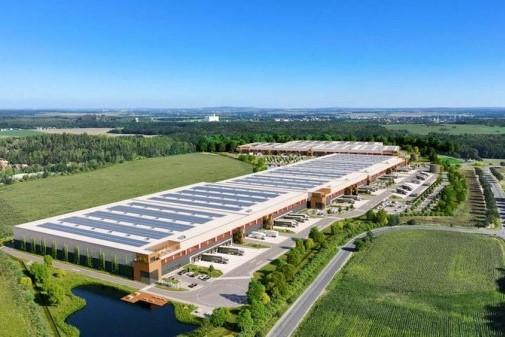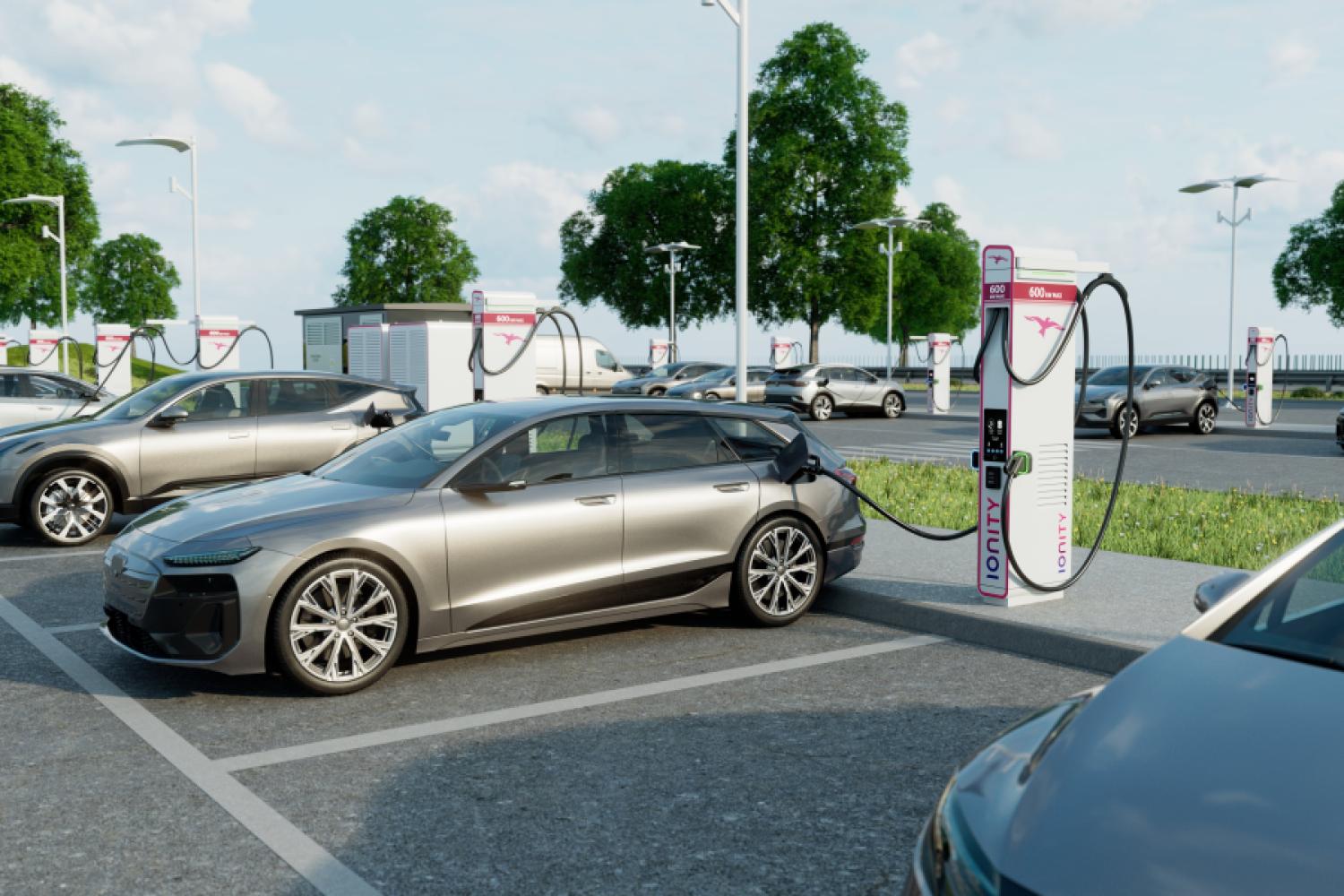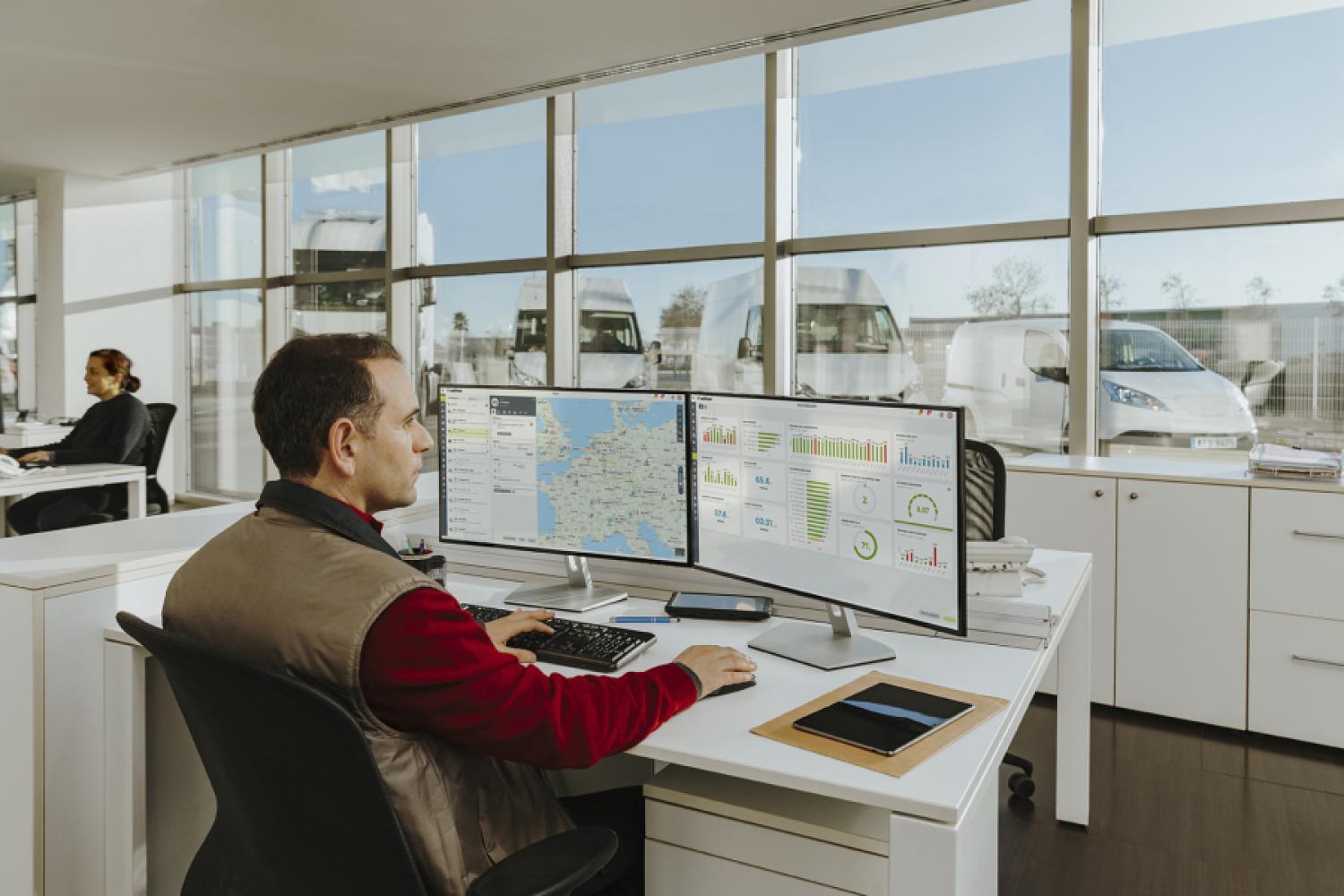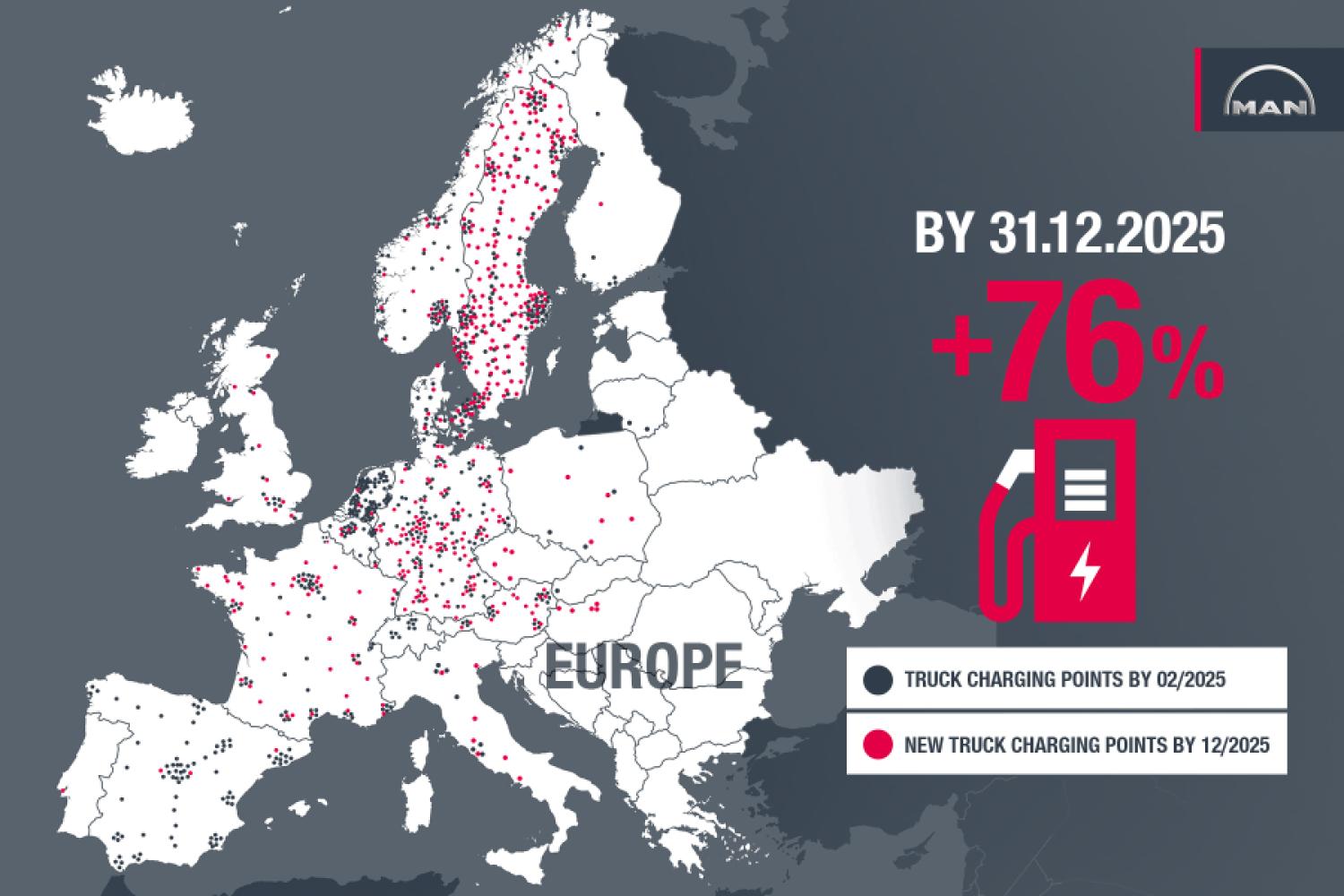In the heart of the Leipzig metropolitan region, a new business park is emerging: With an area of nearly 28 hectares, 114,000 square meters of rental space, three halls, and numerous jobs, the park near Grimma provides large companies with a basis for expansion and innovation, communicated Drees & Sommer on April 14 in a press release. The business park is being developed in proximity to corporations like BMW, Porsche, and Amazon.
The project is being realized by Hines, a real estate investment company. The consultancy firm Drees & Sommer, specializing in construction, real estate, and infrastructure with headquarters in Stuttgart, is supporting Hines in this endeavor. The business park is intended to meet sustainable building criteria according to the Logix guide for ESG standards in logistics properties and to receive a platinum certification from the German Sustainable Building Council (DGNB). Furthermore, compliance with the EU taxonomy requirements in the new construction sector is also being sought.
"Our goal is DGNB certification in platinum," said Dominik Weis, Senior Director at Hines. To achieve this goal, numerous sustainable measures are being implemented. Among these, all warehouse roofs with an area of around 100,000 square meters are to be equipped with photovoltaic systems.
"This leads to a significant reduction in CO2 emissions and covers the park's energy needs through renewable energy sources,” emphasized Weis.
Charging stations for electric vehicles will be integrated
In addition, a green noise barrier is to wind its way south of the building, promoting biodiversity at the site. The sustainability measures at the site are complemented by facade greening and park-like outdoor facilities with sports areas and a pond. Another element on the sustainability agenda is the promotion of e-mobility. This will be achieved by integrating charging stations for electric vehicles, which supports travel and logistics. Bicycle parking spaces complete the mobility concept.
At the location, new work environments are also being created to meet the needs of the employees.
"The employees should feel comfortable here and enjoy coming to work," said Weis. "To achieve this goal, we are introducing numerous benefits at the site."
An example of this is various outdoor areas: sports facilities that provide employees with the opportunity to stay active and diversify their leisure alongside their professional life, basketball and table tennis courts, and recreation areas in green spaces that invite relaxation and unwinding. There are also rooftop terraces where meetings can be held outdoors or breaks can be enjoyed.
"With the new industrial and commercial park in Grimma, we are taking a decisive step in the development of sustainable logistics solutions in eastern Germany," said Weis. "However, the construction and real estate industry is not only responsible for using environmentally friendly materials and technologies. We must also take social responsibility by creating safe working conditions and promoting sustainable communities." Hines and Drees & Sommer are working together for the first time following the Logix guide for ESG standards in logistics real estate, developed in 2024.
Pascal Metschel, senior project manager at Drees & Sommer and member of the Logix advisory board, supports Hines in building the park together with his specialized team from Drees & Sommer. This includes conducting the purchase TDD (Technical Due Diligence), awarding the construction services, project management, and monitoring of the general contractor during the execution. Additionally, the expert team from Drees & Sommer in the framework of ESG controlling – that is, the evaluation of a company's sustainable and social aspects – takes care of the Environmental and Social aspects.
"By integrating the various service areas, we ensure that all project steps are implemented efficiently and on schedule. This is also achieved through the use of Building Information Modeling (BIM)," says Metschel. Through this method, a project is digitally modeled and planned. The expert explains: "We are talking about a multi-dimensional digital twin of the future building, into which we can enter exact measurements, costs, and even the lifespan of the materials used." This ensures "optimal resource utilization" and potential sources of errors are identified early on.






